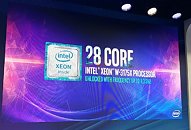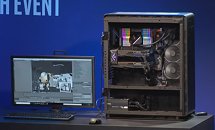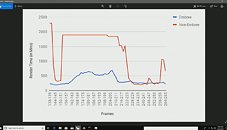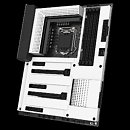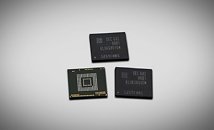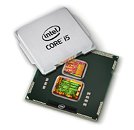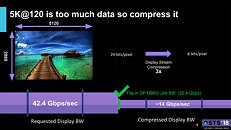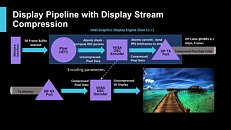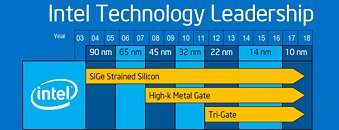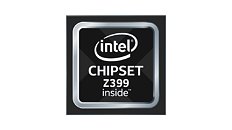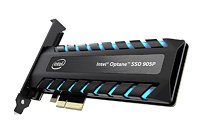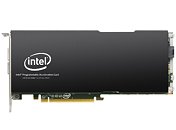
Intel Xeon W-3175X is a new Beast for Workstation Lovers: 28 Cores and Up to 512 GB of Memory
Although the big stars of today's Intel event have been the new desktop processors, the company also wanted to take this opportunity to launch its new beasts for the workstation field. These are the Intel Xeon W-3175X, which are destined to conquer ambitious users in that professional segment. These unlocked microprocessors, similar (but not equal) to what we saw at Computex in June, have 28 cores, 56 threads and base frequencies of 3.1 GHz, although they can reach 4.3 GHz.
These chips support 68 PCIe 3.0 lanes (44 on the CPU, 24 on the chipset), and there is another important feature on the memory front: the 6-channel DDR4 support allows the user to configure these systems with up to 512 GB at 2666 MHz (ECC and standard). This processor's TDP is 255 W and is based on Intel's Skylake-X architecture.
These chips support 68 PCIe 3.0 lanes (44 on the CPU, 24 on the chipset), and there is another important feature on the memory front: the 6-channel DDR4 support allows the user to configure these systems with up to 512 GB at 2666 MHz (ECC and standard). This processor's TDP is 255 W and is based on Intel's Skylake-X architecture.
